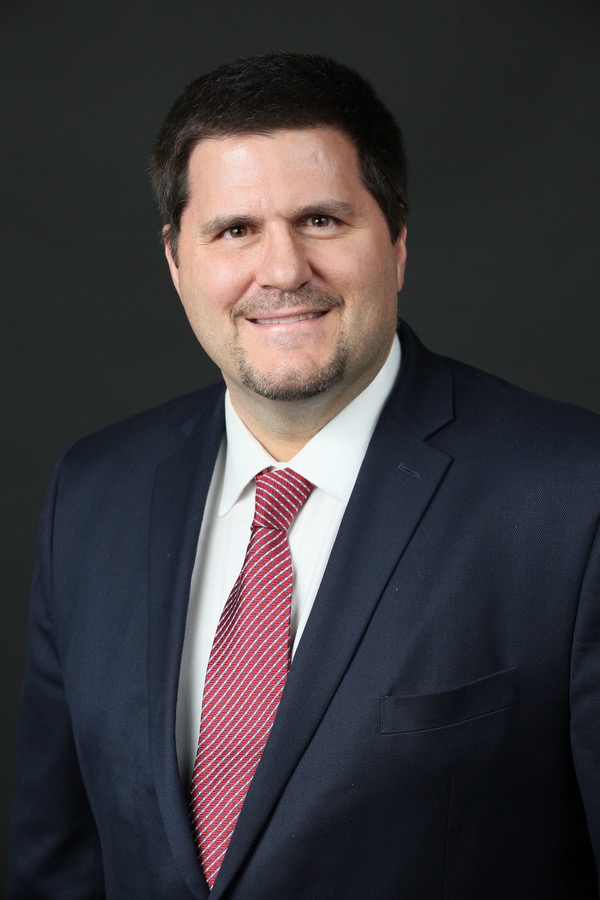Children unlikely to be main drivers of COVID-19 pandemic -- systematic review.
- Jeffrey Morris

- May 20, 2020
- 2 min read
Updated: Jun 5, 2020
An article just published in Acta Paediatric presents results from a literature review to assess whether it is likely that children are major carriers of SARS-CoV-2.
Here is the abstract of the paper:
Abstract
Aim: Many countries have closed schools and kindergartens to minimise COVID-19, but the role that children play in disease transmission is unclear. Methods: A systematic literature review of the MEDLINE and EMBASE databases and medRxiv/bioRxiv preprint servers to 11 May 2020 identified published and unpublished papers on COVID-19 transmission by children. Results: We identified 700 scientific papers and letters and 47 full texts were studied in detail. Children accounted for a small fraction of COVID-19 cases and mostly had social contacts with peers or parents, rather than older people at risk of severe disease. Data on viral loads were scarce, but indicated that children may have lower levels than adults, partly because they often have fewer symptoms, and this should decrease the transmission risk. Household transmission studies showed that children were rarely the index case and case studies suggested that children with COVID-19 seldom caused outbreaks. However, it is highly likely that children can transmit the SARS-COV-2 virus, which causes COVID-19, and even asymptomatic children can have viral loads. Conclusion: Children are unlikely to be the main drivers of the pandemic. Opening up schools and kindergartens is unlikely to impact COVID-19 mortality rates in older people.
Here is a link to the full paper. It has some interesting points, but honestly I expected more meat in the paper given they reviewed 700 papers!
Some interesting points I saw in the paper were the studies that suggested children have lower viral load than adults and lower incidence rates, possibly from having lower levels of ACE2, required for the virus to bind, in their nasal tissue.
Clearly, the intent of the paper is to make the point that children should be allowed to return to school. I would hope that would be OK but I'm not sure that this paper makes the case in as clear or compelling fashion as I would hope. There are concerns about the Kawasaki-like inflammatory disease in children who are infected or recovered -- it is rare but potentially life-threatening.
Hopefully we will see more articles and studies exploring these questions in more detail. In the USA where kids are off for the summer, we have time to figure it out, and our knowledge will be supplemented by the data coming over from Europe as they are broadly reopening their schools and go throughout the summer. Sweden has provided some promising data to date on children in schools ... we will see more come in the coming months.
As I keep saying on many of these things ... let's keep our eyes open and see what data comes and what it tells us.








Valuable content and presentation <->} Crown Town Pune {} Ravet Crown {} Nigdi Crown {} Wakad Crown {} Marunji Crown {} Hinjewadi Crown {} Pcmc Crown {} Baner Crown {} Aundh Crown {} Pimple Saudagar Crown {] Shivaji Nagar Crown {] Kalyani Nagar Crown {} Viman Nagar Crown {} Koregaon Park Crown {} Kharadi Crown {} Magarpatta city Crown {] Deccan Crown }{ {] Bavdhan Crown
it’s an absolute must-read ! Link.. I appreciate you sharing such thoughtful content. LINK
Aundh Link
Hinjewadi Link
Wakad Link
Baner Link
Ravet Link
Balewadi Link
Pimple Saudagar Link
Shivaji Nagar Link
Koregaon Park Link
Viman Nagar Link
Magarpatta Link
Bavdhan Link
Main Pune Link
Kothrud Link
Pimpri-Chinchwad Link
Best In Pune
The Real Pune Service I chose possessed a remarkable combination of charm, intellect, and beauty. From start to finish, the service was flawless, and I felt completely at ease the entire time.